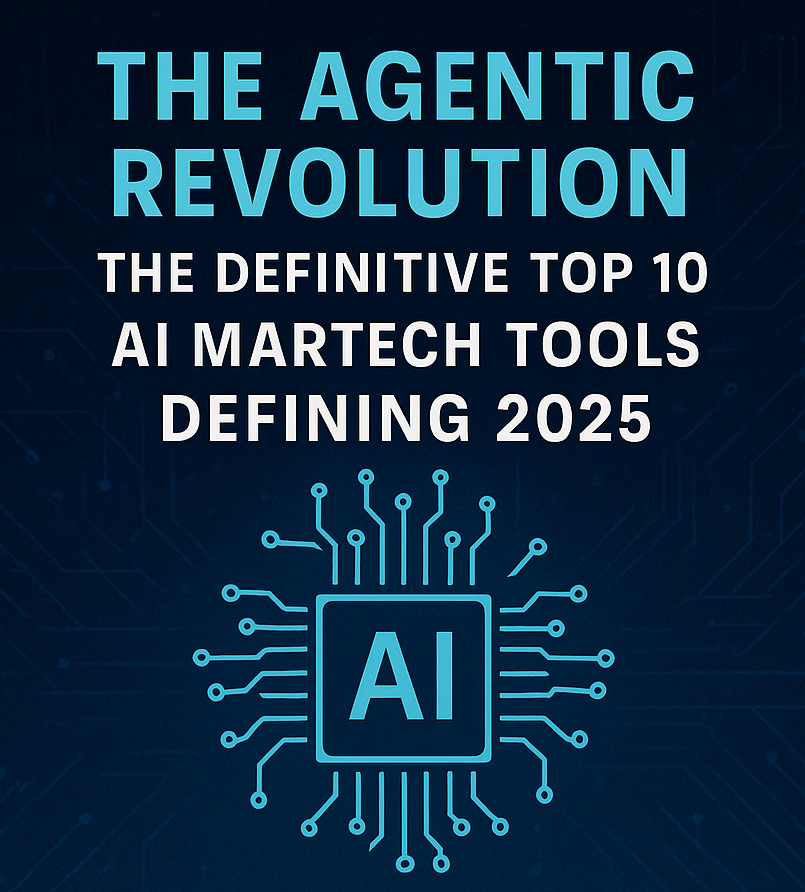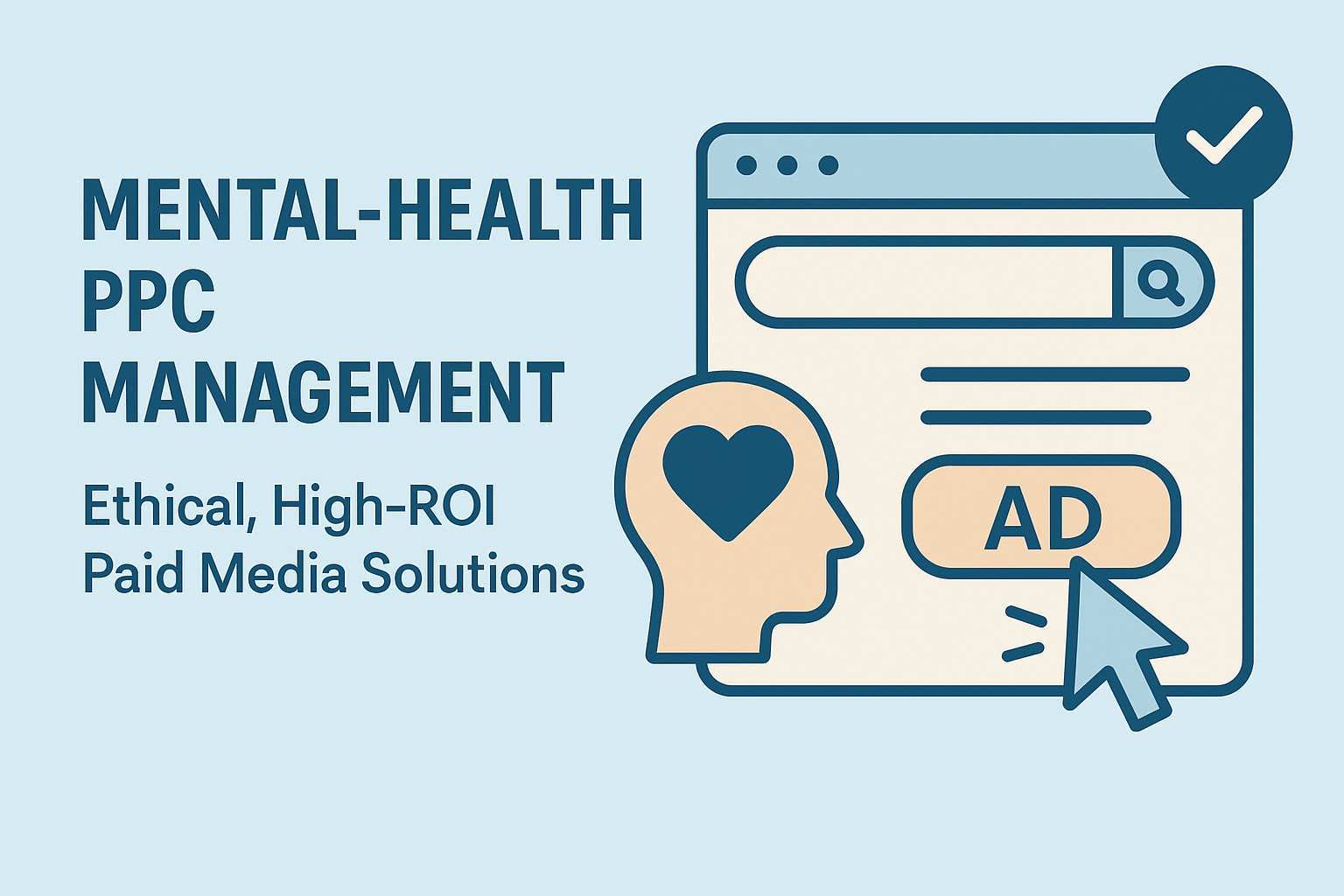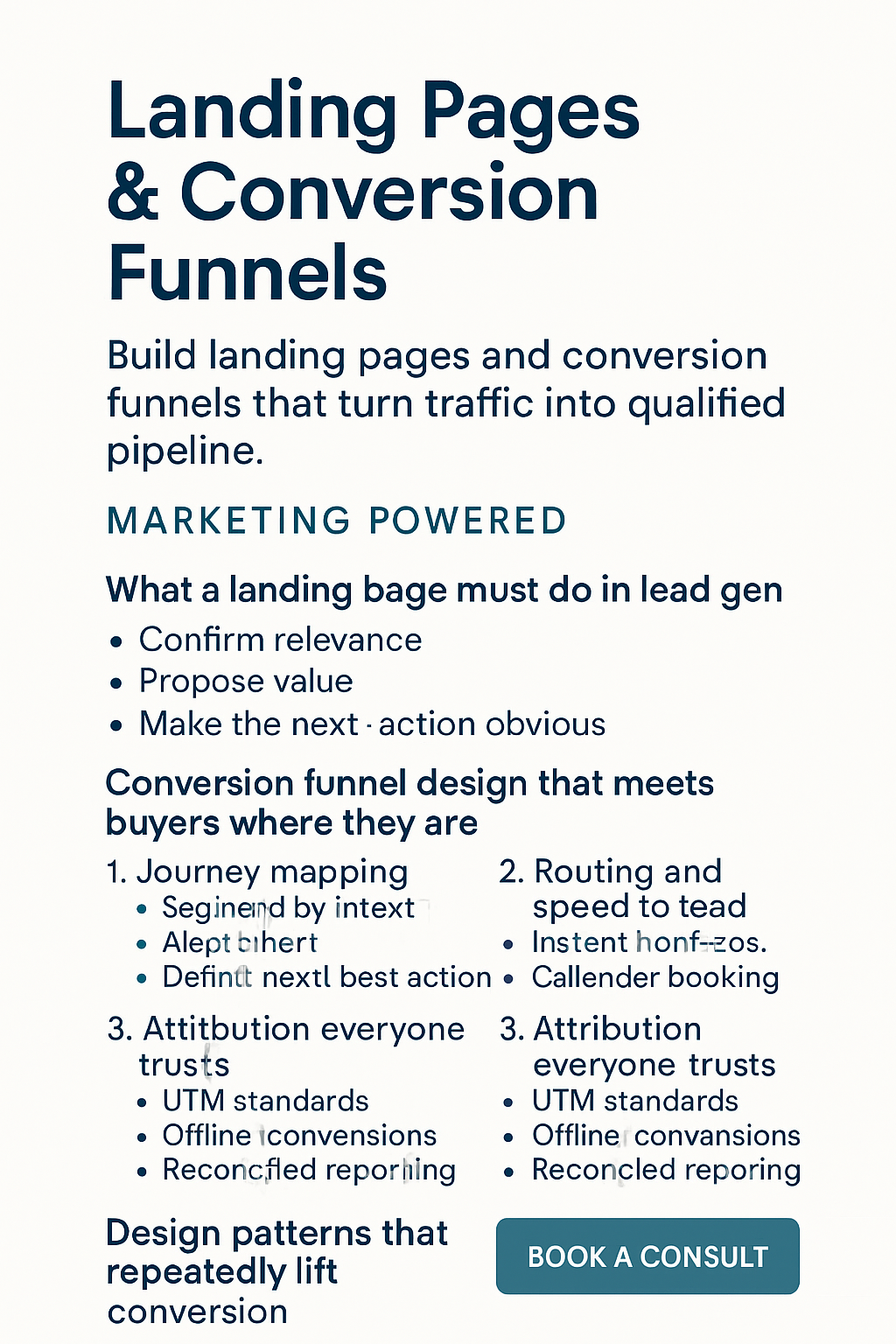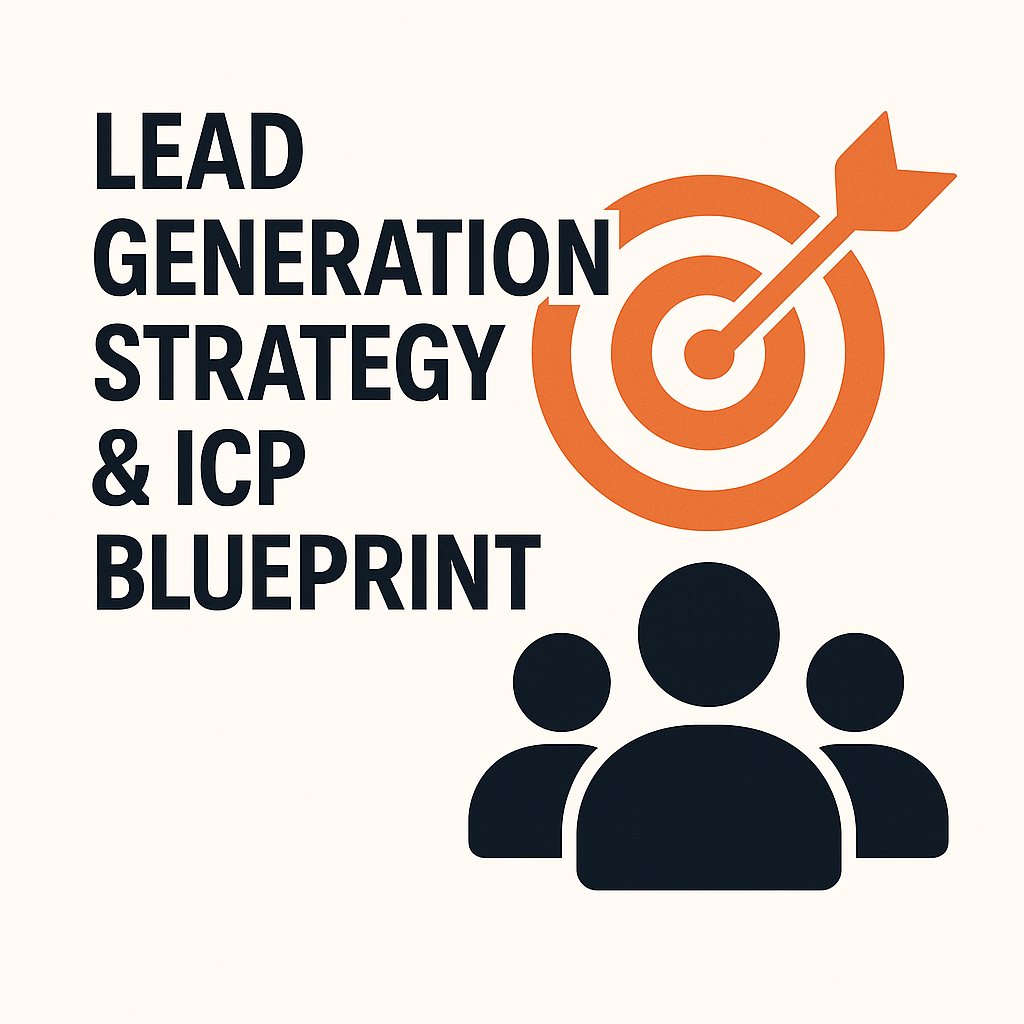The Agentic Revolution: The Definitive Top 10 AI Martech Tools Defining 2025
The marketing technology landscape of 2025 has reached a profound inflection point. Artificial intelligence has completed its evolution from experimental features to mission-critical capabilities that drive measurable business outcomes. This year marks a fundamental shift characterized by the transition from AI as a productivity tool to AI as a strategic business partner. The most successful marketing teams are now deploying AI agents capable of working autonomously, generating brand-consistent content at scale, and orchestrating complex customer journeys without constant human intervention.
This transformation is backed by significant investment. Industry research reveals that 63% of marketing leaders plan major AI investments in 2025, propelling the global AI marketing technology market toward a projected $47.32 billion. The standout platforms are those that successfully integrate AI to maximize impact on revenue, speed to value, control and governance, and, crucially, agentic maturity.
Based on an exhaustive synthesis of the 2025 data—including detailed platform analyses and a practical review dated August 13, 2025—this report presents the definitive top ten list of the AI-based martech tools setting the standard for the industry. This ranking prioritizes the platforms demonstrating the most significant advancements in autonomous operation and measurable business impact.
The 2025 Top 10 AI Martech Power Ranking
1. Google Ads AI: Performance Max and AI Max
Google Ads AI is recognized as the fastest lever for measurable lift in 2025, characterized by its rapidly expanding automated inventory. For organizations prioritizing paid growth, particularly those with limited staff, Google’s optimization engine is indispensable.
New in 2025: The major innovation this year is the introduction of AI Max for Search. This capability significantly expands reach by optimizing placements inside the new AI Overviews and AI Mode environments. Additionally, Performance Max (PMax), the cornerstone of Google’s automated strategy, has gained enhanced creative generation controls and lifestyle asset creation capabilities, allowing for more nuanced and visually appealing campaign execution.
Watchouts and Implementation: Despite its effectiveness, Google Ads AI operates with limited reporting transparency and audience visibility. Marketers must treat it as a “high performing black box.” To validate performance independently, a recommended 30-day test involves running Performance Max with creative generation and a geo-split holdout. This allows teams to track the query mix, asset-level uplift, marginal CPA, and ROAS against a control group.
2. Meta Ads: Advantage Plus and WhatsApp Business AI
Meta’s advertising ecosystem remains a stronghold for commerce and lead generation, with significant gains in efficiency driven by the AI-powered Advantage Plus suite. Meta’s roadmap indicates a trajectory toward near-full ad automation across all its surfaces (Facebook, Instagram, etc.) by 2026.
New in 2025: Key updates include enhancements to Advantage Plus automation efficiency. Crucially, Meta has addressed governance concerns by introducing transparency labels for generative assets, ensuring clarity on AI-created content. A significant expansion occurred within WhatsApp Business AI, which gained centralized campaign management and expanded AI support features. This integration allows businesses to leverage the conversational platform effectively for post-click nudges and customer engagement.
Watchouts and Implementation: The reliance on automation requires stringent governance. Marketers must proactively lock down brand rules and establish rigorous approval flows, as automated creative generation can drift off-brand without proper oversight. A recommended 30-day test involves launching an Advantage Plus Shopping or App campaign with creative variants, layered with a WhatsApp broadcast for post-click engagement.
3. Adobe Experience Cloud: Enterprise-Scale Agentic Orchestration
For large enterprises, the Adobe Experience Cloud—encompassing the Real-Time CDP with Sensei AI, GenStudio, and Journey Optimizer—represents the pinnacle of customer data management and content supply chain optimization. Adobe’s platform processes data in real-time rather than relying on traditional batch processing, eliminating delays in customer engagement.
New in 2025: The 2025 generative AI rollout, powered by Sensei, introduced revolutionary capabilities. Marketers can now create complex audience segments using conversational language and simulate customer journeys across all touchpoints. Customer AI provides enterprise-grade propensity scoring and churn prediction. A major advancement this year is the Agent Orchestrator, which utilizes purpose-built agents to optimize sites, audiences, and production workflows autonomously. GenStudio upgrades further enhance performance workflows and creative governance, essential for maintaining consistency at scale.
Strategic Impact: Adobe’s unique advantage lies in its comprehensive identity resolution system, combining private, co-op, and third-party graphs to create unified customer profiles across all channels. The platform is supported by 60+ native integrations within the Adobe ecosystem and connections to major data warehouses (AWS Redshift, Azure Synapse, Snowflake). This power, however, demands significant investment, with implementations typically exceeding $1 million over multi-year engagements.
Watchouts and Implementation: The platform requires disciplined data foundations and significant change management. Ecosystem lock-in limits flexibility and necessitates Adobe-certified expertise, making integration with non-Adobe technology stacks difficult. A 30-day test should pilot one agent to auto-generate on-brand variants for a retargeting program and push them into Journey Optimizer for path testing.
4. Salesforce Marketing Cloud Next and Agentforce
Salesforce maintains its dominance in the enterprise space through the continuous evolution of Einstein AI and the pivotal 2025 launch of Agentforce, part of Marketing Cloud Next. This represents a significant pivot from AI “copilots” to autonomous agents designed to handle complex sales and marketing processes across the complete customer lifecycle.
New in 2025: Agentforce emphasizes agentic marketing tied directly to real-time Data Cloud activation, allowing agents to autonomously manage campaigns, journeys, and data activation. These capabilities were expanded in the Summer 2025 releases. Einstein’s core strength remains its predictive capabilities—advanced forecasting, lead scoring, and opportunity insights powered by machine learning. Furthermore, the Einstein Trust Layer provides the enterprise-grade security and governance required by Fortune 500 companies.
Strategic Impact: The platform offers unparalleled depth and flexibility through its extensive ecosystem, including over 5,246 AppExchange applications and MuleSoft connectivity. This comprehensive approach allows enterprise sales teams to prioritize efforts and allocate resources effectively.
Watchouts and Implementation: The value of the platform is heavily dependent on Data Cloud cleanliness and governance. The platform has a steep learning curve and high total cost of ownership—with new Agentforce add-ons priced at $125/user/month, following recent 6% price increases. Implementation requirements are complex and require technical expertise. A 30-day test should utilize Agentforce to draft a campaign brief, audiences, and message variants for one lifecycle journey, measuring time to launch and lift.
5. HubSpot Breeze AI Agents and Content Hub
HubSpot has cemented its position as the definitive AI marketing platform for small and medium businesses (SMBs) and the mid-market. By introducing over 200 AI-powered features through HubSpot Breeze AI, the platform is fundamentally changing operational dynamics by offering practical agentic workflows without requiring heavy IT support.
New in 2025: The centerpiece of this evolution is Breeze Agents—specialized AI systems capable of autonomously handling prospecting, customer service, content creation, and social media management (including Social quick reply AI). The impact is significant; the Customer Agent alone is now reported to resolve over 50% of support tickets automatically. Simultaneously, the Content Agent generates blogs, landing pages, and case studies that maintain an authentic, trained company voice, with recent upgrades to the Content Hub further speeding execution. A pivotal development is the launch of the HubSpot Credits system, creating a predictable usage model for AI consumption (starting at $10 per 1,000 credits).
Strategic Impact: HubSpot’s strength lies in its unified data approach across marketing, sales, and service. This integration allows companies to report massive efficiency gains—such as saving 750 hours weekly while achieving a 20% increase in deal velocity. The platform serves over 248,000 customers across 135 countries.
Watchouts and Implementation: HubSpot offers less customization and advanced analytics capabilities than enterprise alternatives. New HIPAA support and sensitive data controls have been introduced for eligible editions. However, organizations must validate BAA coverage and data paths before assuming HIPAA compliance applies to every SKU or integration before storing PHI. A 30-day test involves standing up the Content Agent to repurpose one month of blogs into email and social content, reviewing the output for tone and brand safety rules.
6. Klaviyo B2C CRM and Klaviyo AI
Klaviyo has established itself as the AI-native growth stack for owned channels, specifically tailored for Direct-to-Consumer (DTC) and retail markets. It provides a robust B2C CRM centered around AI-driven personalization and lifecycle automation.
New in 2025: The 2025 enhancements have improved analytics, personalization, and data pipelines. Flows AI received significant updates, enabling marketers to rebuild critical post-purchase and churn flows using predicted timing and automated A/B paths. Omnichannel capabilities have also expanded, including new integrations with RCS and WhatsApp.
Watchouts and Implementation: A critical compliance limitation: Klaviyo is explicitly noted as not HIPAA friendly and does not sign a Business Associate Agreement (BAA). Organizations must not pipe PHI through the system. A 30-day test should use Flows AI to rebuild post-purchase and churn flows, adding WhatsApp for restock nudges.
7. Braze and Sage AI with OfferFit
Braze specializes in cross-channel personalization, utilizing mature predictive and creative AI through its Sage AI engine. It is a strong choice for organizations requiring sophisticated lifecycle management and real-time customer engagement.
New in 2025: The most impactful development is the integration of OfferFit by Braze. This technology utilizes AI decisioning for creative and offers, effectively replacing brute-force A/B testing with intelligent, automated optimization. Ongoing enhancements to Sage AI continue to improve copy, tone, images, and journey paths.
Watchouts and Implementation: Realizing the platform’s full potential requires high-quality event data and robust identity resolution capabilities. Braze offers a HIPAA BAA with specific scope limits, making it viable for certain regulated industries, though use cases must be reviewed. A 30-day test should run OfferFit on a high-volume lifecycle program and compare the lift versus the previous best-performing variant.
8. Twilio Segment CustomerAI and Engage
In the 2025 landscape, clean first-party data is paramount, and Twilio Segment provides the essential infrastructure for data hygiene, AI predictions, and orchestration across channels. It is recognized for its strong compliance posture, making it suitable for data-led and regulated clients.
New in 2025: The integration of CustomerAI and Engage unifies predictions, content, and activation based on real-time data. This allows organizations to implement predictive propensity models—suppressing low-value sends while boosting engagement with high-likelihood audiences. Crucially, Segment offers HIPAA-eligible paths and BAAs for qualifying plans.
Watchouts and Implementation: Marketers must monitor usage closely, as costs can scale significantly with monthly tracked users (MTUs) and destinations if data sprawl is not actively controlled. A 30-day test should implement one predictive propensity model and action it via Engage.
9. Bloomreach with Loomi AI
Bloomreach is a commerce-focused AI platform specializing in search, merchandising, and customer journeys. It is optimized for fast test-and-learn cycles, making it ideal for dynamic e-commerce environments.
New in 2025: The Discovery platform saw significant upgrades with Loomi AI, including Vision 2.0, which enhances product understanding and relevance. New features include server-side split testing and automated re-ranking across high-traffic product categories.
Watchouts and Implementation: Bloomreach is best suited for businesses with SKU-rich catalogs and robust product data. A 30-day test should enable Loomi re-ranking on top categories and measure the impact on add-to-cart rates and revenue per session.
10. Persado Motivation AI and Compliance AI
Persado specializes in AI-driven language optimization, utilizing its Motivation AI to drive conversions. It is particularly valuable for regulated industries where message precision and compliance are paramount.
New in 2025: The introduction of Marketing Compliance AI fuses compliance requirements, brand fit, and performance optimization into a single workflow. Dynamic Email allows for real-time copy optimization at the moment of open, significantly boosting lift.
Watchouts and Implementation: The platform requires substantial volume and a disciplined testing cadence to train the models effectively. A 30-day test should apply Persado to subject lines and hero copy for three top campaigns, aligning the generated motivations with specific KPIs.
Strategic Implications and Immediate Actions
The evolution toward agentic AI represents the most significant shift in marketing technology since the introduction of marketing automation platforms. Organizations that successfully deploy AI agents for content creation, customer engagement, and campaign optimization will achieve competitive advantages that become increasingly difficult for competitors to replicate.
The convergence of personalization, content creation, and workflow automation within AI-powered platforms suggests that successful marketing technology stacks will increasingly center around fewer, more capable platforms rather than point solutions.
To capitalize on these trends, marketing leaders should prioritize the following actions this month:
- Instrumented Testing: Run Performance Max (Google) and Advantage Plus (Meta) tests with strict holdouts to isolate lift. Track marginal CPA and ROAS versus control.
- Agentic Workflow Adoption: Implement one agentic workflow within a core platform (such as HubSpot, Salesforce, or Adobe). Measure the reduction in time to launch and errors.
- Data Hygiene: Establish rigorous first-party data hygiene using tools like Twilio Segment to improve identity resolution and suppress low-value communications.
- Message Optimization: Run a message optimization sprint with a tool like Persado on two high-impact campaigns.
- Lock Guardrails: Apply AI transparency labels (especially on Meta) and enforce strict brand rules in all generative creative tools. Document human-in-the-loop review processes to ensure governance and quality control.
Marketing leaders who invest in these comprehensive AI platforms while developing internal AI literacy will define the competitive landscape for the next decade.




